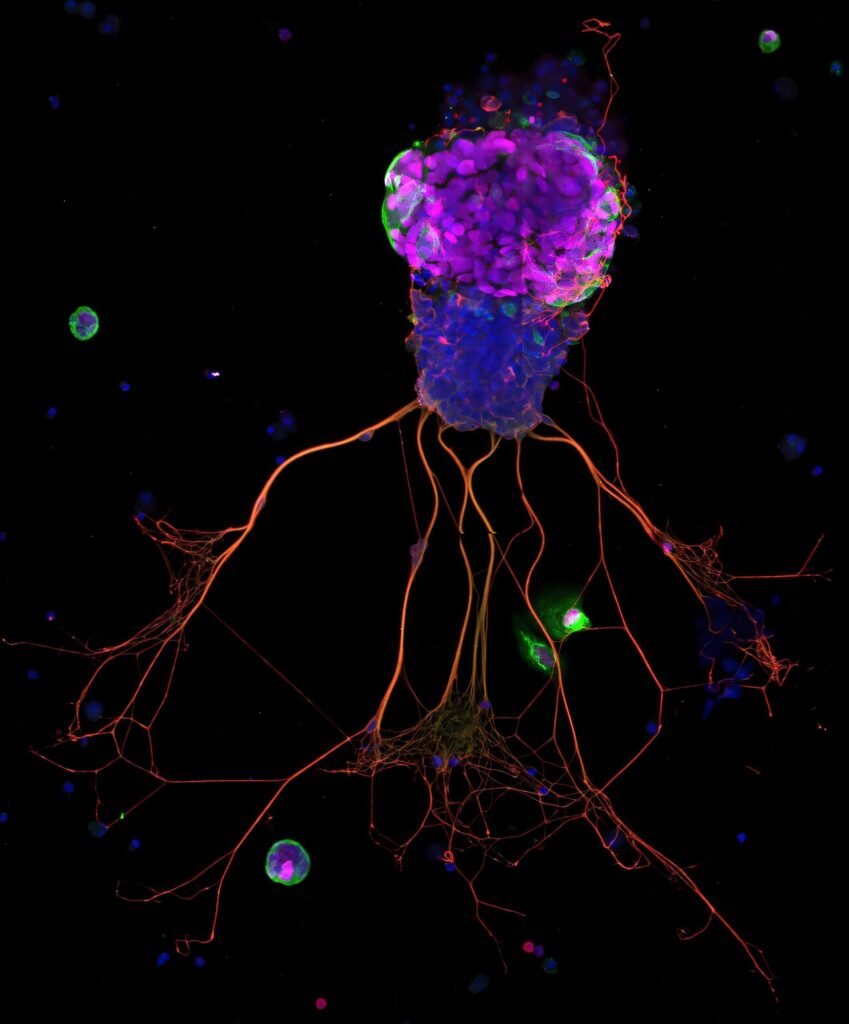Researchers at Tufts University School of Medicine and the Graduate School of Biomedical Sciences have developed a groundbreaking three-dimensional model to study nerve tissue regeneration in the nose. This innovative model has shed light on the crucial role of a type of stem cell, previously thought to be dormant, in preserving the sense of smell.
The sensory neurons in the nasal cavity have a remarkable ability to regenerate throughout life despite constant exposure to external factors. Viral infections, toxins, and aging can impact the function of these cells, leading to a loss of smell. To better understand the regeneration process, the researchers created a three-dimensional olfactory tissue mouse model, or organoid, that allows them to study how new neurons are formed in the nose and why this process declines with age and disease.
In a recent study published in Cell Reports Methods, the researchers demonstrated how two types of stem cells in the nose, horizontal basal cells (HBCs) and globose basal cells (GBCs), work together to develop new smell-sensing nerve tissue. Contrary to previous beliefs, HBCs were found to play a crucial role in supporting the production of new neurons and repairing damaged tissue. The researchers identified a specific subpopulation of HBCs that actively support the generation of new olfactory neurons, highlighting their essential role in the regenerative process.
Moreover, the team observed a decline in the regenerative capacity of older mice, suggesting a decrease in the GBC population with age. The researchers aim to further investigate this hypothesis and develop strategies to rejuvenate these cells.
Lead author Juliana Gutschow Gameiro focused on creating a simple and cost-effective model that could be accessible to researchers with limited resources. The ultimate goal is to develop a human organoid model for olfactory sensory neurons, which can be used to screen potential drug treatments for individuals with impaired sense of smell.
While organoids have been developed for various organs, including lungs and kidneys, a human olfactory tissue model presents unique challenges due to the difficulty in obtaining pure olfactory stem cells from humans. The research team’s next step is to develop a technique for separating and culturing human olfactory stem cells in the lab.
This groundbreaking research offers new insights into the regenerative capacity of olfactory neurons and provides a platform for future studies on sensory tissue regeneration. The development of a human organoid model holds great promise for advancing treatments for individuals with olfactory disorders.


